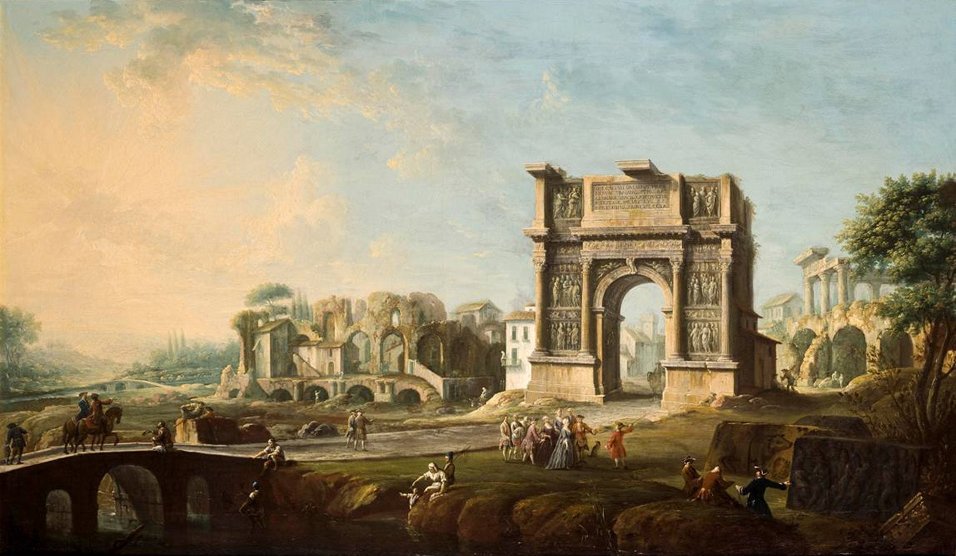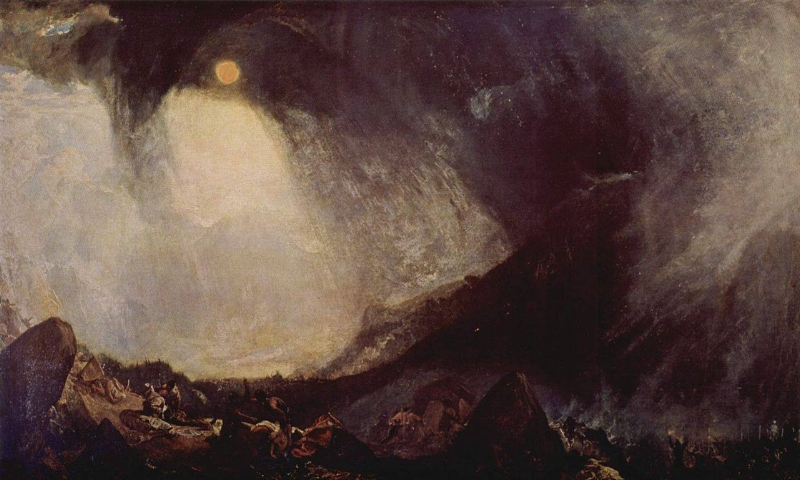Jon Kerr's Tuesday Verse
Selections of Shelley’s Poetry & Prose
Tuesday Verse is a new feature of The Real Percy Bysshe Shelley that brings you close to his poetry and, occasionally, prose. Each Tuesday we will deliver to you a poem or excerpt of a poem which Romantic scholar Jon Kerr will offer some brief thoughts about. Jon will also pair the offering with an image that may offer some context. We welcome suggestions for future posts as well as your own ideas about what you think Shelley is trying to accomplish with his verse. Enjoy!!
Jon is a recently graduated from the University of Toronto with his PhD in English literature with a specialization in the Romantics. He is currently at Mount Alison University in New Brunswick, Canada on a post doc fellowship.

P.B. Shelley, “Ode to Liberty” (1820)

Percy Bysshe Shelley, “Men of England”
In Europe’s revolutionary era, the contest over hearts and minds was fought across many cultural arenas. We get a sense of this in “Men of England,” a poem written in the style of the popular songs that, in the England of Shelley’s day, would have been the stuff of riotous sing-alongs in pubs, fairs, and other centres of public life.

P.B. Shelley, “A New National Anthem” (1819 or 1820)

P.B. Shelley, “Sonnet: Political Greatness” (1820 or 1821)

P.B. Shelley, "Ode to the West Wind" (1819)

P.B. Shelley, "Ozymandias" (1817)
The product of a friendly writing competition between Shelley and his friend Horace Smith, the sonnet “Ozymandias” presents us with a striking image: a hulking, shattered, and half-buried statue of Ozymandias, better known as Ramses II, the famed Egyptian pharaoh

P.B. Shelley, "Sonnet: Ye Hasten to the Grave"
In England, the sonnet has often been used to explore themes of transience, death, and immortality. Shelley's "Ye Hasten to the Grave" continues this trend; however, it does so by refocusing attention away from contemplation about death and the afterlife and back toward the pleasures of life in the here-and-now. Shelley partly frames his sonnet as a series of rhetorical questions for the kind of person who seeks to embrace death as part of his or her religious convictions. For such a person, of course, death is not the end of life but rather life's transformation into something new and blissful. In keeping with his atheism, Shelley implies that the belief in such an afterlife is a form of misdirected hope stemming from hubris or conventional thinking (what Shelley calls "the world's livery"). But perhaps worst of all, in seeking out "a refuge in the cavern of grey death," such a person flees not only life's pain but also its pleasure, the "green and pleasant path" that suggests a power and beauty in life's here-and-now.
Even so, it's worth considering that Shelley's poem doesn't actually affirm very much. Even though his position is atheistical, Shelley has given us a poem more interested in asking questions (about life, death, and belief) rather than averring a new doctrine.

P.B. Shelley, "An Exhortation" (1820)
In "An Exhortation," Shelley addresses a question that preoccupied his age: what is a poet? In attempting to answer this question, Shelley uses as his primary metaphor the chameleon, the shape-shifting, colour-adjusting reptile. Readers of the Romantics might know that, funny enough, the chameleon was also central to Keats' understanding of the poet. According to Keats, the poet's distinguishing trait was their ability to write convincingly of any life situation, event, or mindset, an (adapt)ability that stemmed from their deep knowledge of human nature.

P.B. Shelley, “The Flower that Smiles Today” (1821-22)
Likely written in the final year or so of his life, “The Flower that Smiles Today” captures Shelley’s increasing preoccupation with the transience of life and its joys. The final years of Shelley’s life were marked by increasing difficulties, both personal and political: between 1816 and 1819, Shelley and Mary had lost three children, which brought growing strain to their marriage; at the early 1820s came with a series of critical setbacks to England’s reform movement that, just a few years prior, seemed on the verge of creating real change in the country. These issues hang over Shelley’s mutability poems like this one, which ponders how it is possible to survive particular joys—friendship, love, beauty—once we know we can never experience them again.
Some of you might also notice connections, both stylistic and thematic, with some of Byron’s poetry, which often ponders similar questions. Both the Byronic hero and the speaker of Shelley’s poem capture the zeitgeist of Britain’s revolutionary period as it gradually drew to a close: that is, both reflect upon the disappointed hopes that come to people (and societies) that once seemed destined to achieve great things.

